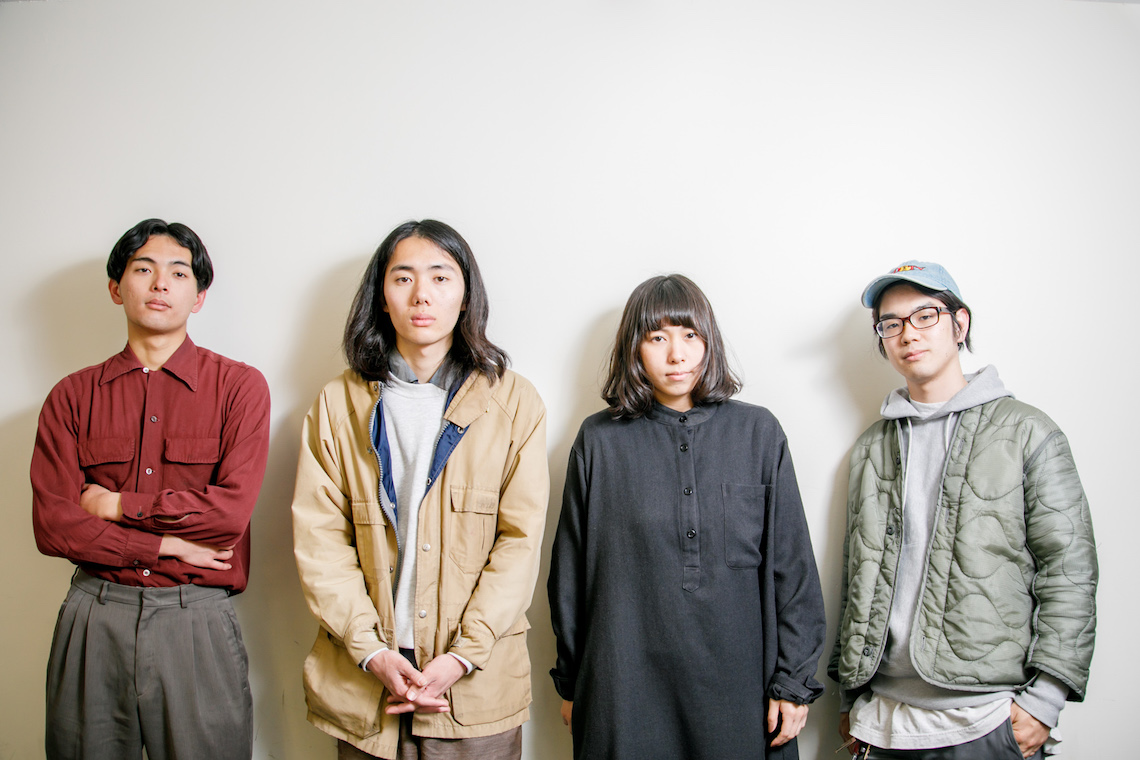

If that is true, it might explain why this expression is one of the hardest to translate into English faithfully. His thesis was that the classic piece of literature was a near-perfect example of mono no aware and furthermore, that mono no aware constituted the essence of Japanese culture. It is unclear as to what century the term comes from, though many claim it became mainstream among Japanese academics during the Edo Period in a critique and analysis of Murasaki Shikibu’s The Tale of Genji by scholar Motoori Norinaga. This relationship causes (or is it caused by?) a set of emotions, one of them being mono no aware.

This deeply metaphorical state of mind is even at the heart of basic Japanese marketing, notably the obsession with seasonal items, which, if you’ve lived in Japan long enough, you can probably predict by now. It’s undeniable that Japanese culture has a special relationship with impermanence, as demonstrated by the excitement of Japanese residents for cherry blossoms in the spring, hydrangea in the summer and fall leaves in the autumn. In this series, we dive deeper into the etymology and meaning of Japanese words that have no equivalent in the English language. Being an agglutinative language that borrows words from English, German and French, among others, and with slang that’s created and forgotten in the blink of an eye, there’s no sure way to quantify. Wondering how many words there are in Japanese? It’s hard to say. It’s said that the average anglophone knows 1/17th of them. According to the Oxford Dictionary, there were an estimated 170,000 words in use in the English language 30 years ago.


 0 kommentar(er)
0 kommentar(er)
